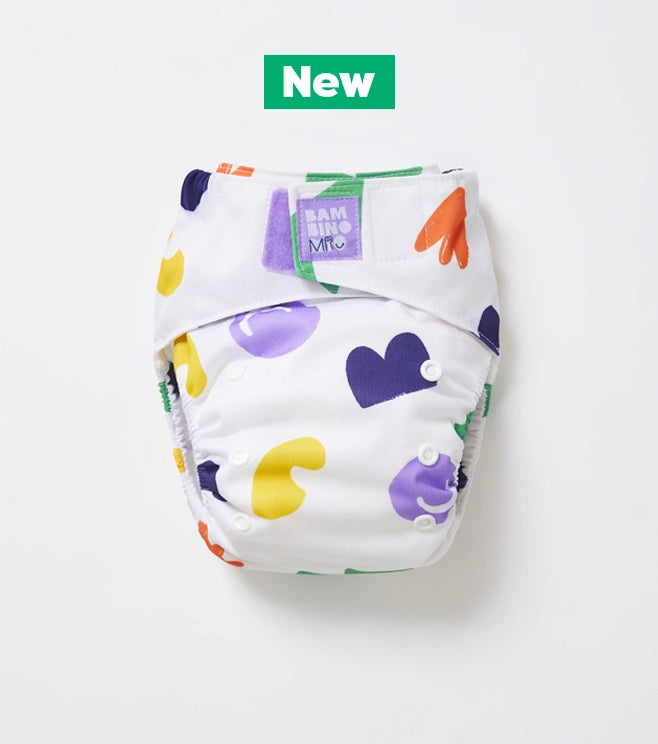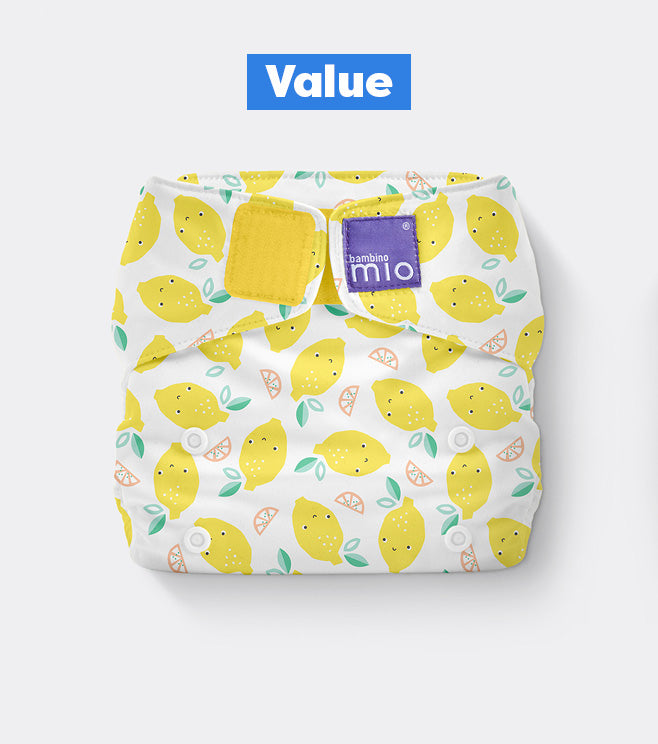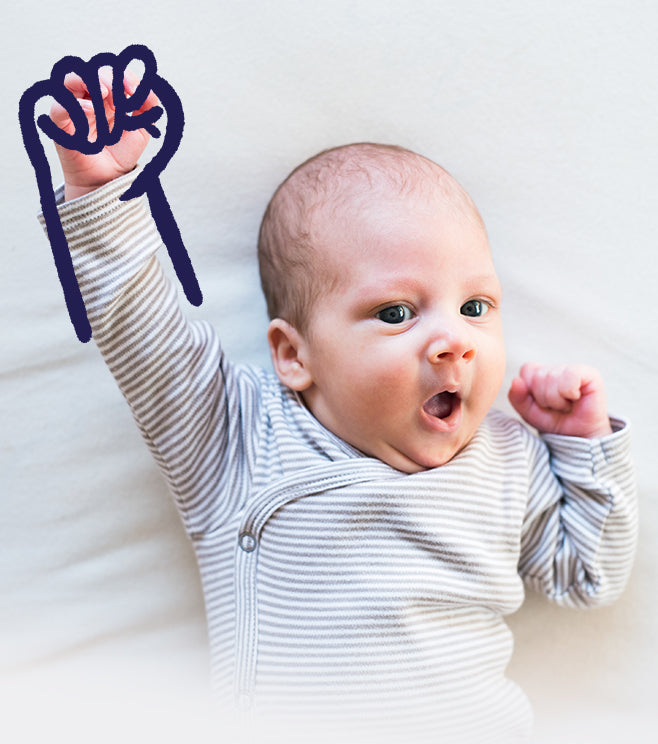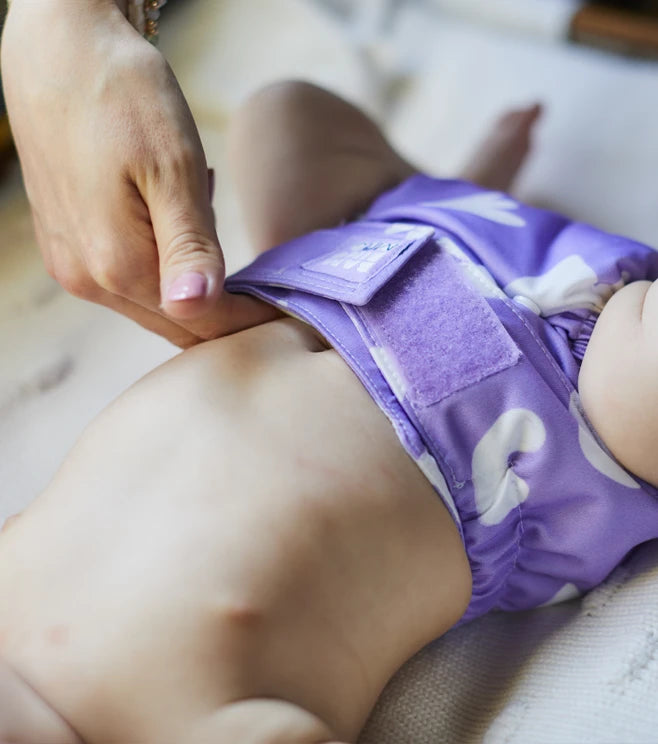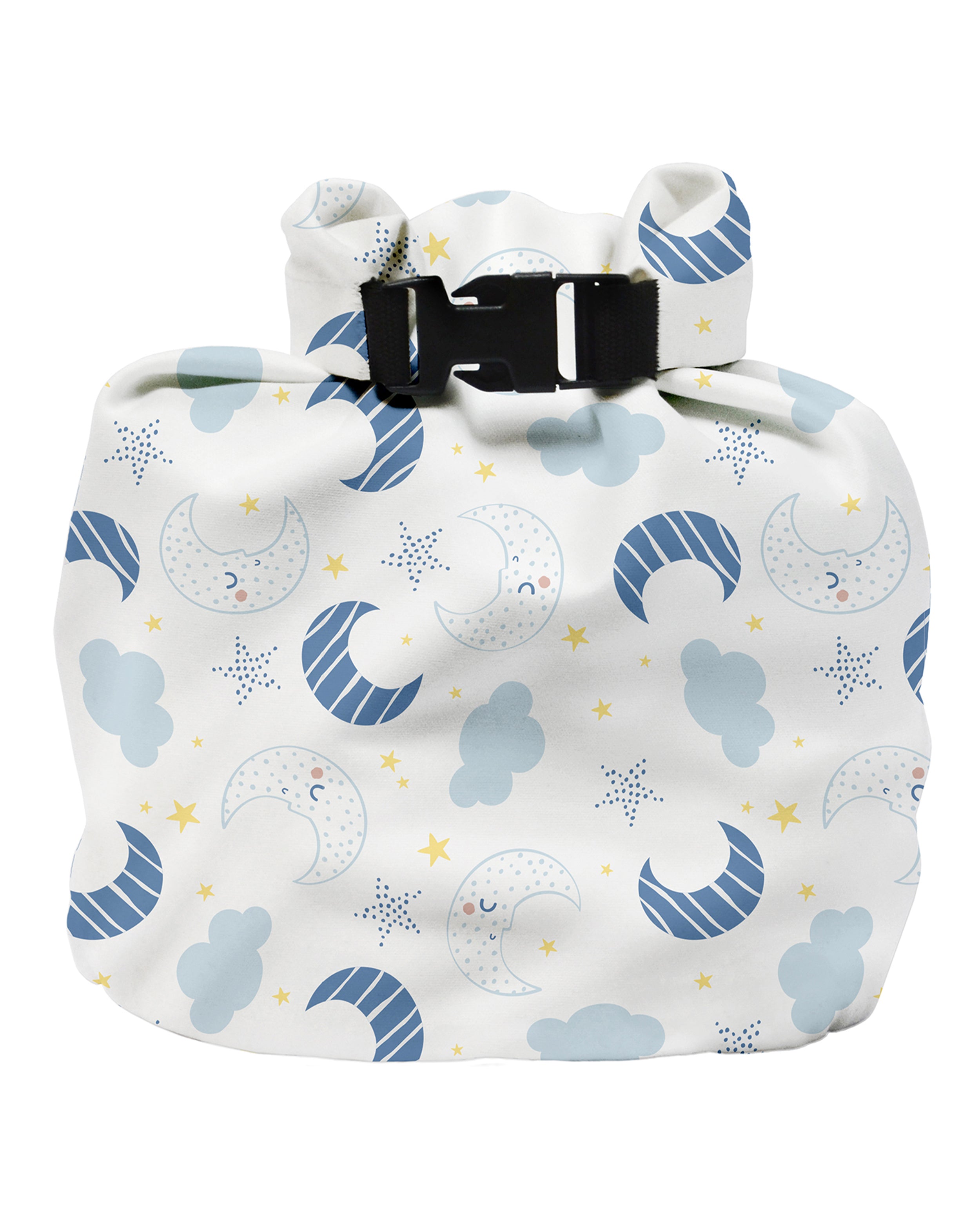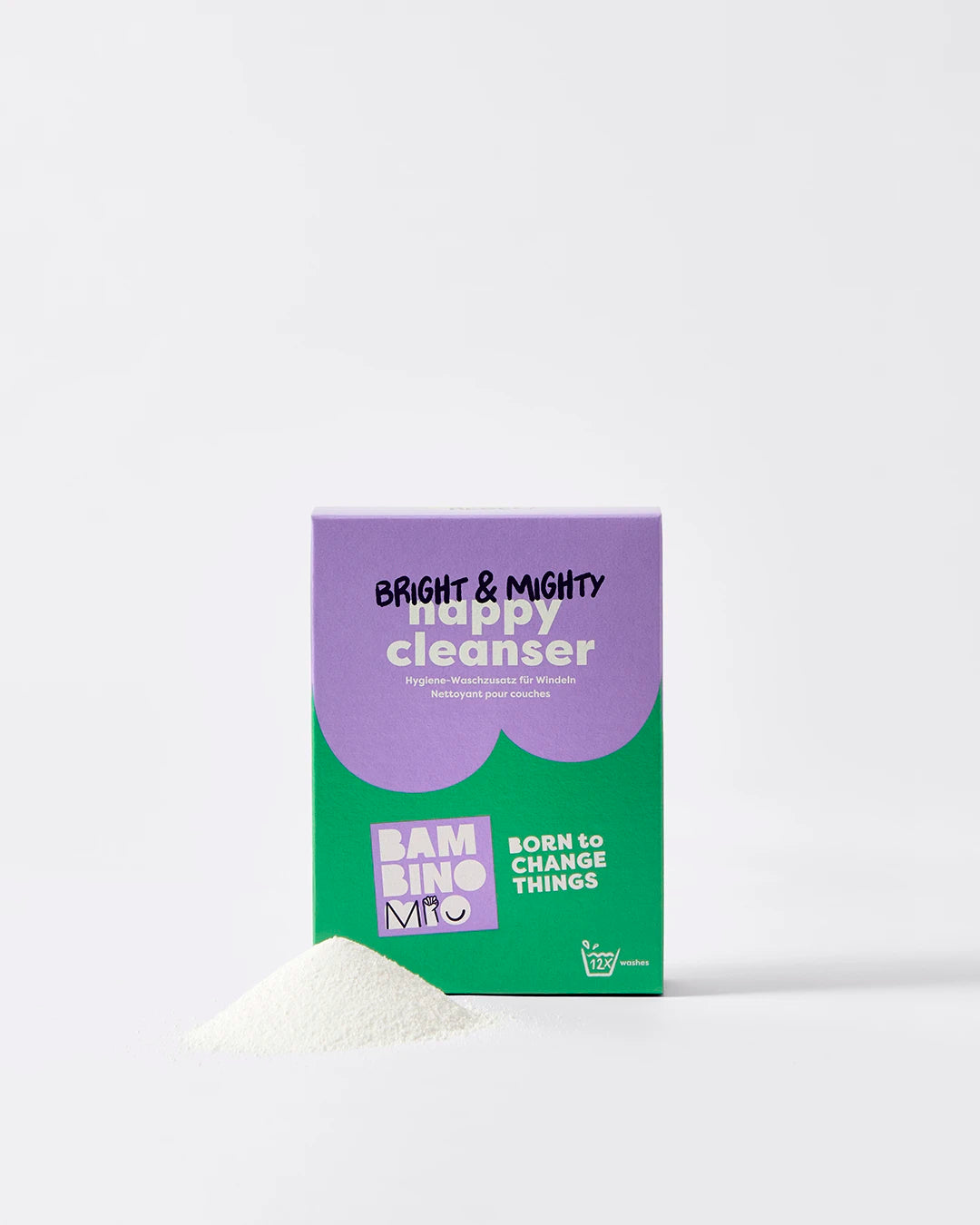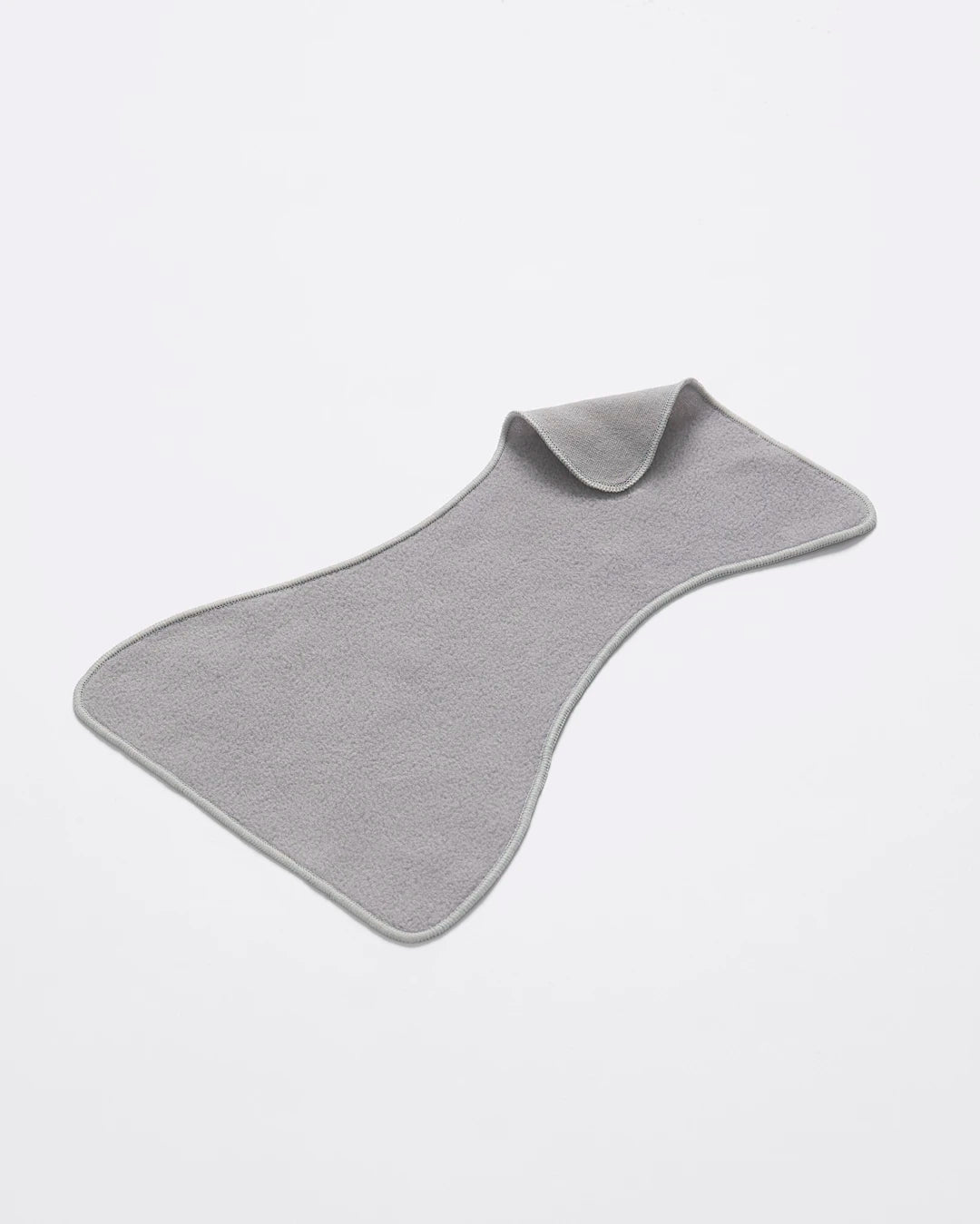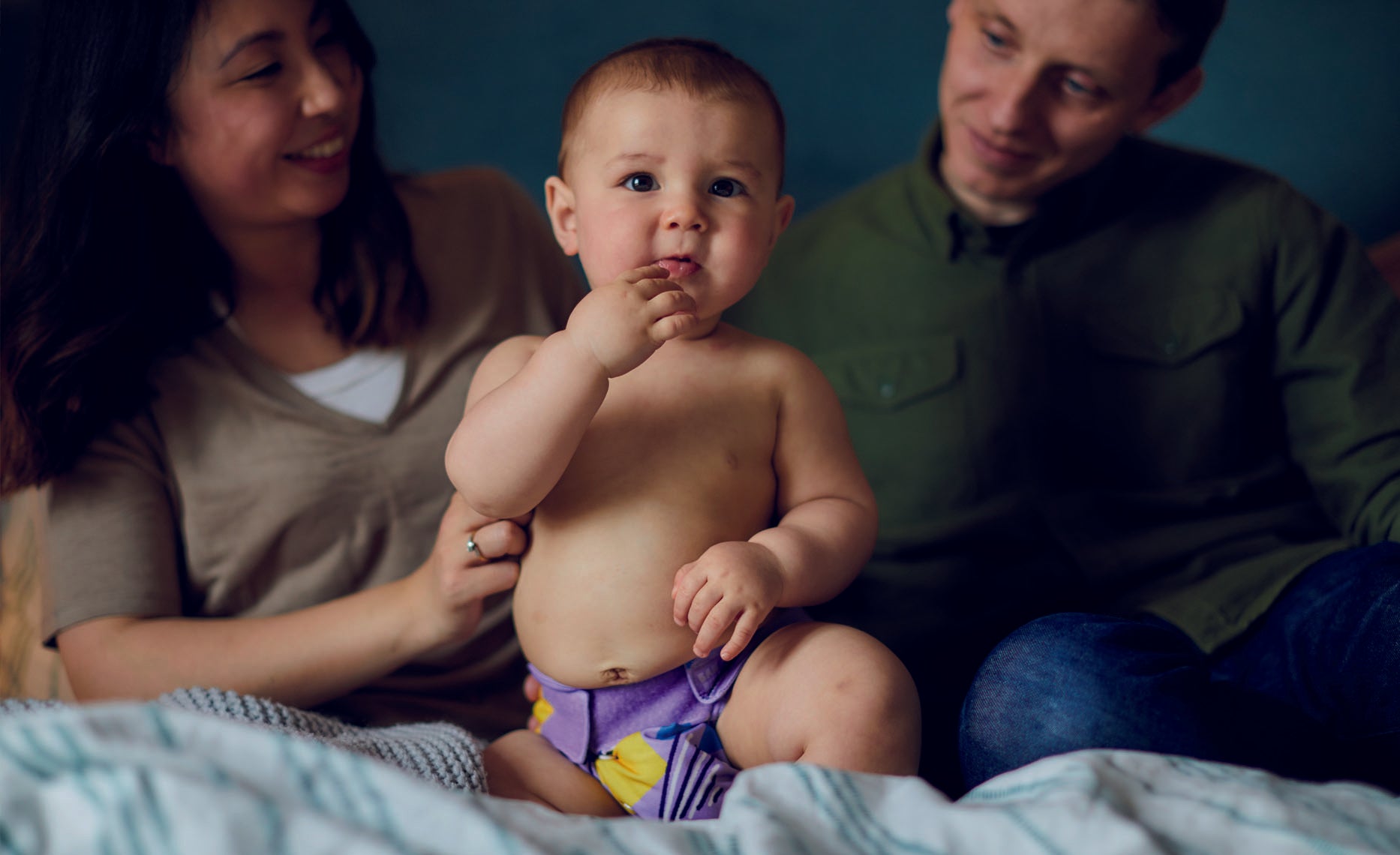Ovulation | Glossary of Pregnancy & Baby Term
Share Options
- Bambino Mio
- 31 / 07 / 2023
Inside this Article:
What is ovulation?
Ovulation (1) is the release of a mature ovum, or egg, from a female ovary. This release means the egg is free to meet and fuse with a male sperm cell (2) in a process called fertilisation.
Humans tend to release just one egg each month during their menstrual cycle (3) but occasionally two or more erupt from the ovary during one cycle.
When does ovulation happen?
The egg erupts from the ovary at the midpoint of the menstrual cycle, so with a 28-day cycle ovulation will occur at around day 14. If it’s not fertilised, the egg degenerates and is discarded from the woman’s reproductive system with the next menstrual bleed, or period, around two weeks later.
Before release from the ovary, the egg has to grow and mature. Eggs lie dormant in a cellular capsule called the follicle (4) and this follicle both protects the egg cell and gives it the right environment and nutrients for development.
How does the egg develop?
When a follicle starts to ripen (5), it adds more cells to its walls and starts to secrete fluid to surround the egg. This follicle starts to move through the ovary up the the surface until it creates a bulge in the ovary and the pressure from the fluid inside the follicle causes it to rupture, releasing the egg.
The egg, along with some fluid, are picked up by the Fallopian tube and guided along its length into the uterus. If the egg meets a sperm along this journey, fertilisation happens and by the time the fertilised egg gets into the uterus it’s a tiny bundle of cells ready for implantation (6) into the womb lining.
How does an egg know when to develop?
Ovulation is controlled by two hormones produced in the brain’s pituitary gland - follicle-stimulating hormone and luteinising hormone.
Follicle-stimulating hormone “tells” a small number of follicles to mature while a sudden rise in luteinising hormone triggers the release of the “fastest-maturing” egg when it’s ready.
Citations and References
- National Institutes of Health. National Library of Medicine. ‘Physiology, Ovulation.’ 2022. Web. www.ncbi.nlm.nih.gov/books/NBK441996
- National Institutes of Health. National Library of Medicine. ‘Molecular Biology of the Cell. Sperm.’ 2002. Web. www.ncbi.nlm.nih.gov/books/NBK26914
- National Health Service (NHS). ‘Periods and Fertility in the Menstrual Cycle.’ 2023. Web. www.nhs.uk/conditions/periods/fertility-in-the-menstrual-cycle
- National Institutes of Health. National Library of Medicine. ‘Embryology, Ovarian Follicle Development.’ 2022. Web. www.ncbi.nlm.nih.gov/books/NBK532300
- Cleveland Clinic. ‘Body Systems and Organs. Follicular Phase.’ 2022. Web. my.clevelandclinic.org/health/body/23953-follicular-phase
- National Institutes of Health. National Library of Medicine. ‘A Review of Mechanisms of Implantation.’ 2017. Web. www.ncbi.nlm.nih.gov/pmc/articles/PMC5769129



